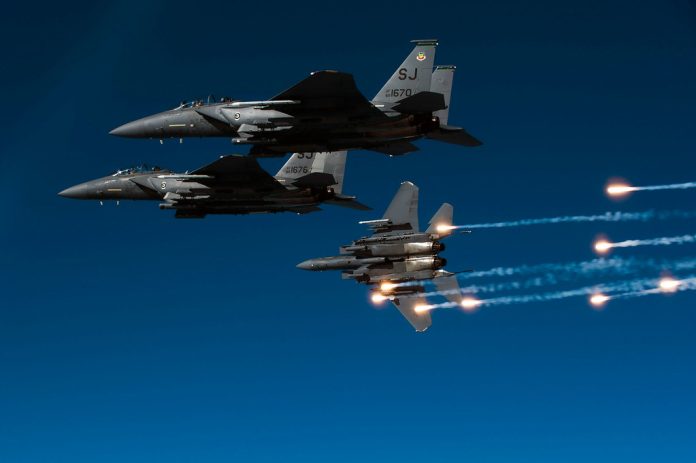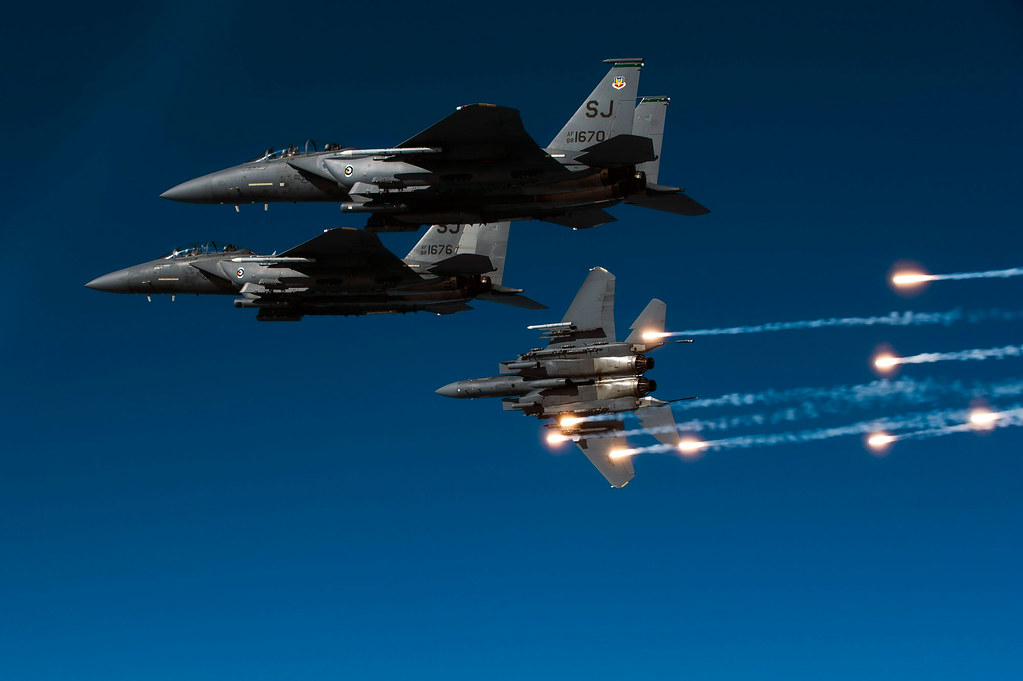
The AGM-130 missile has come a long way since its inception in 1984, evolving into a precision strike weapon that encapsulates the pinnacle of military technology.
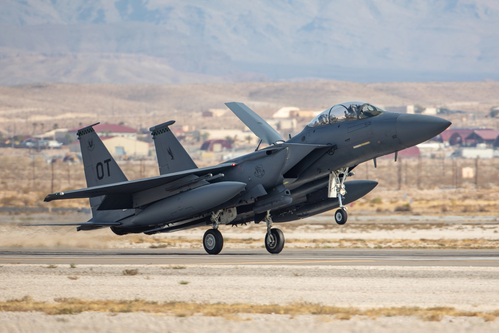
Developed as a significant upgrade to the GBU-15 guided glide bomb, the AGM-130A missile is a rocket-powered air-to-surface missile capable of high- and low-altitude strikes at extended ranges against diverse targets.
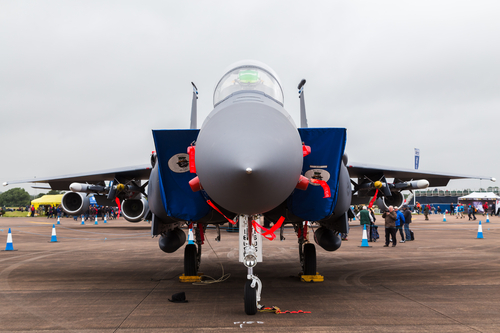
At the core of the AGM-130A’s design is the modular concept, allowing for a rocket motor that extends its range and an altimeter for altitude control. This setup enables the missile to provide a significantly increased standoff range beyond that of the GBU-15, making it a formidable weapon for strategic strikes.
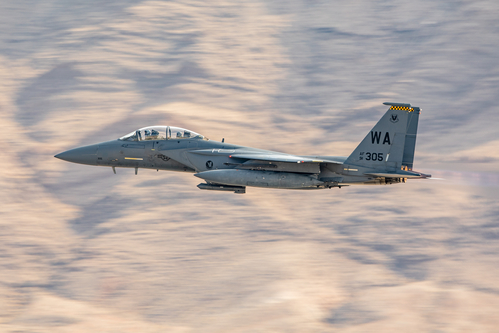
The missile’s ability to be equipped with either a television or an imaging infrared seeker and data link adds to its versatility. The seeker affords the launching aircraft a visual presentation of the target as seen from the weapon itself, allowing for precision engagement.
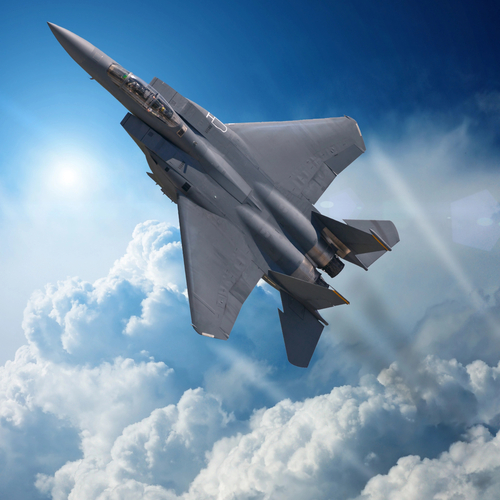
It offers options for both direct and indirect attack modes, where the pilot can either lock the weapon guidance system onto a target before launch or guide it remotely post-launch.
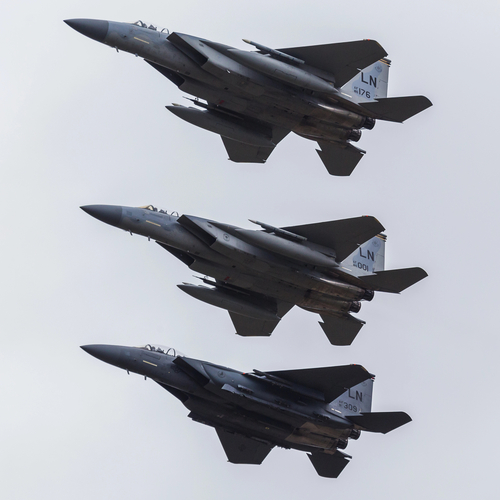
The original development contract for the AGM-130 missile was awarded to Rockwell, which is now part of Boeing. The missile’s initial flight tests took place in late 1985, with operational tests concluding in 1989.
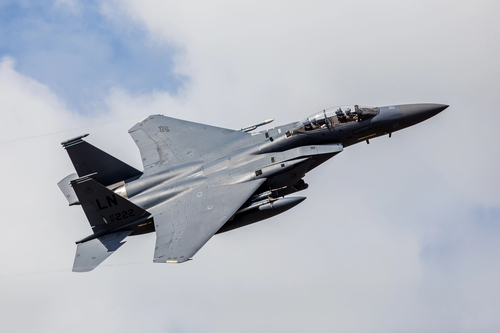
Subsequent upgrades included a new CCD seeker and a GPS/INS (GPS-aided Inertial Navigation System) for mid-course guidance, with the Initial Operational Capability being achieved in 1994.
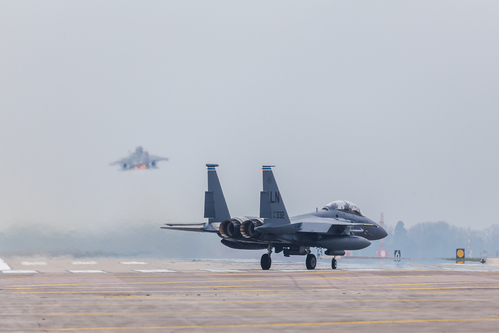
The AGM-130 missile series utilizes the “short chord”-type wings and fins of the GBU-15(V)/B but offers a range of warhead types, enhancing its adaptability to different mission requirements.
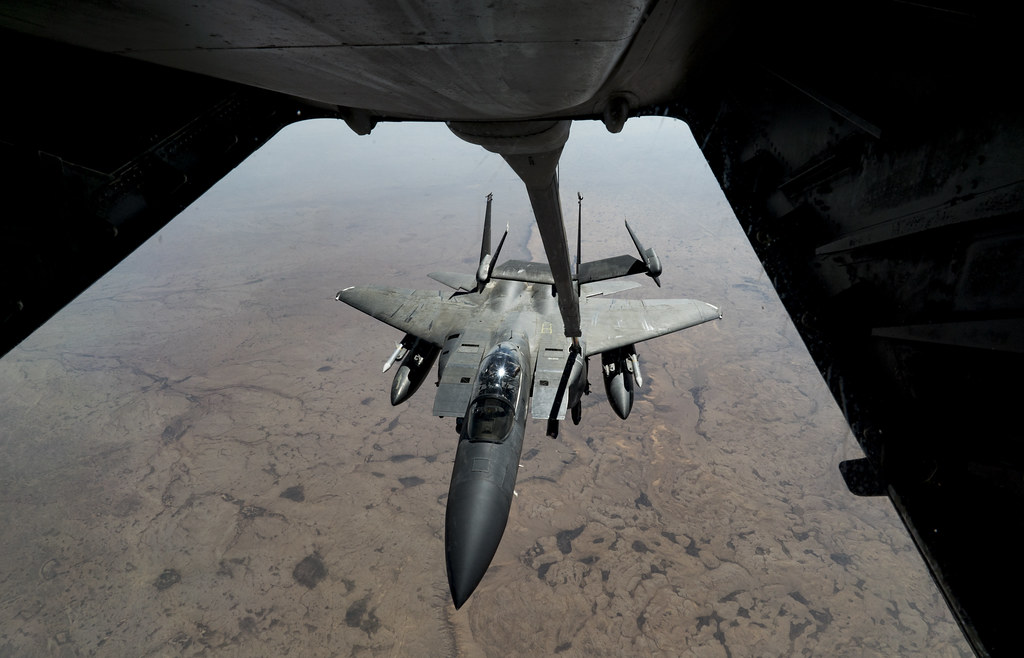
The AGM-130A variant, for instance, uses a 2000 lb MK 84 blast-fragmentation bomb, while the AGM-130C variant employs a BLU-109/B penetrator warhead of equal weight.
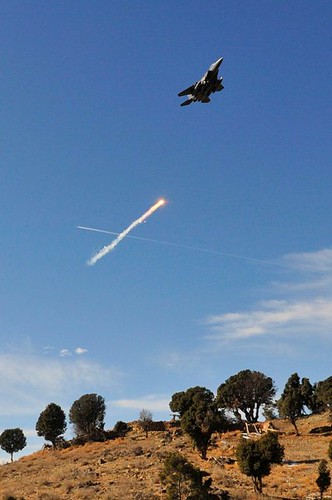
Although the proposed AGM-130B version with a submunition warhead was never procured, it demonstrates the missile’s potential for diverse payloads.
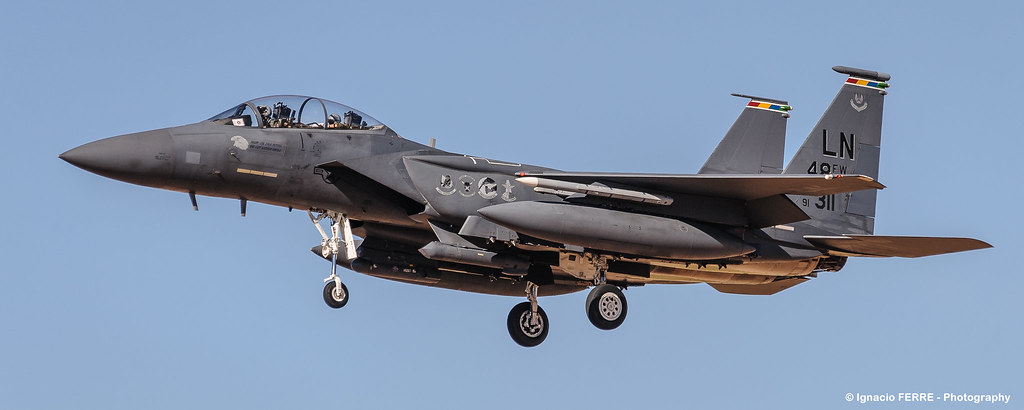
The missile’s first official combat use occurred during 1999 against Iraqi air-defense installations and was later used in Operation Enduring Freedom in Afghanistan in 2001.
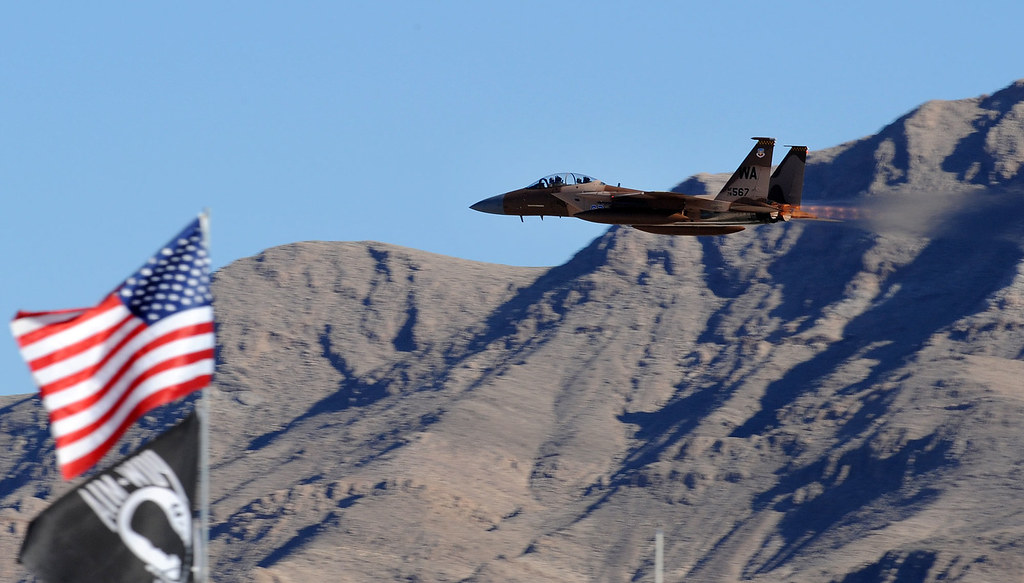
Despite the proposal and testing of several revised variants, such as the turbojet-powered AGM-130E, these models were never put into production.
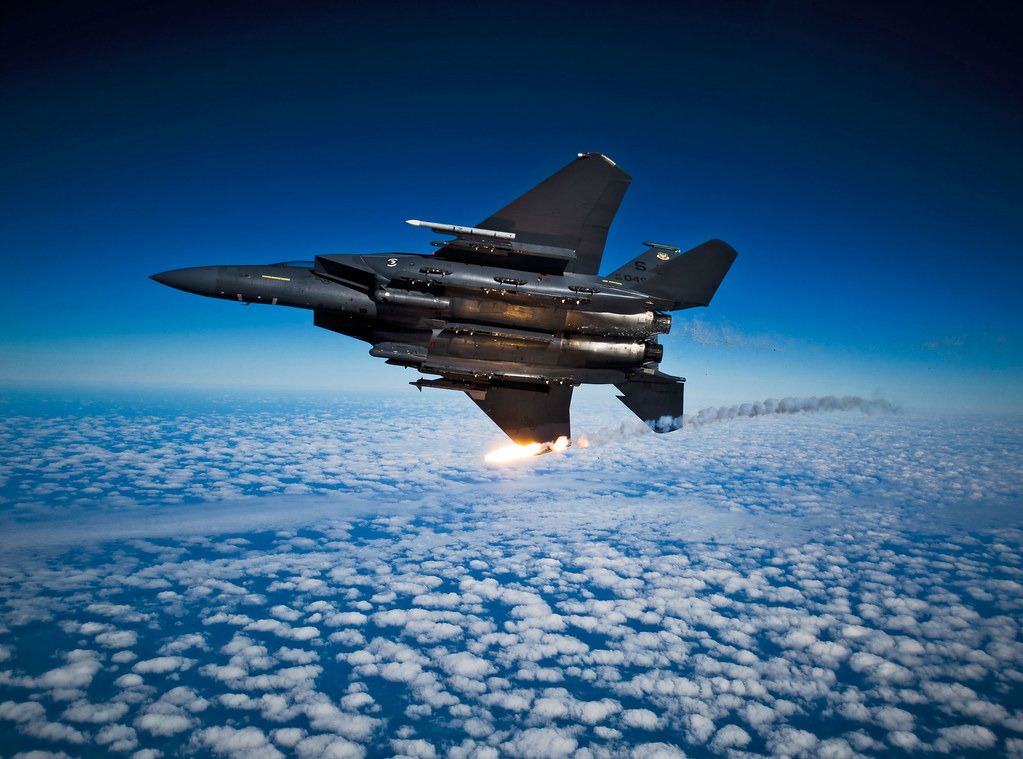
With between 700 and 1000 AGM-130 missiles procured by the U.S. Air Force, the current carrier aircraft for the missile is the F-15E Eagle. The production of the AGM-130 is achieved by retrofitting existing GBU-15(V)/B bombs.
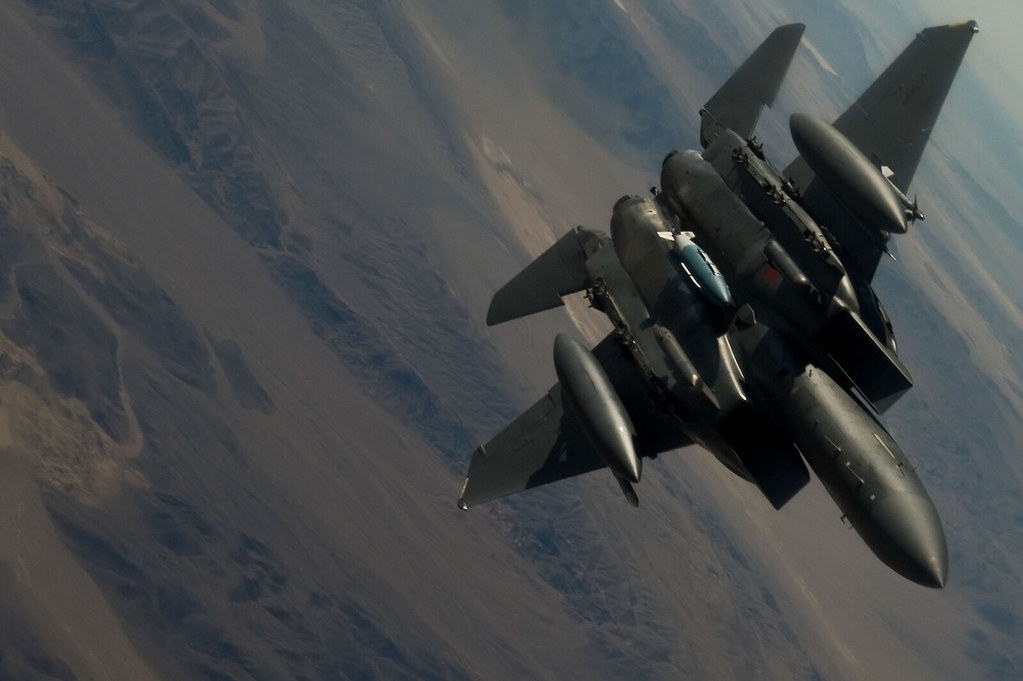
The AGM-130 represents a critical aspect of contemporary military strategies and hardware, encapsulating the evolution of military technology that excites enthusiasts of military tech and politics.
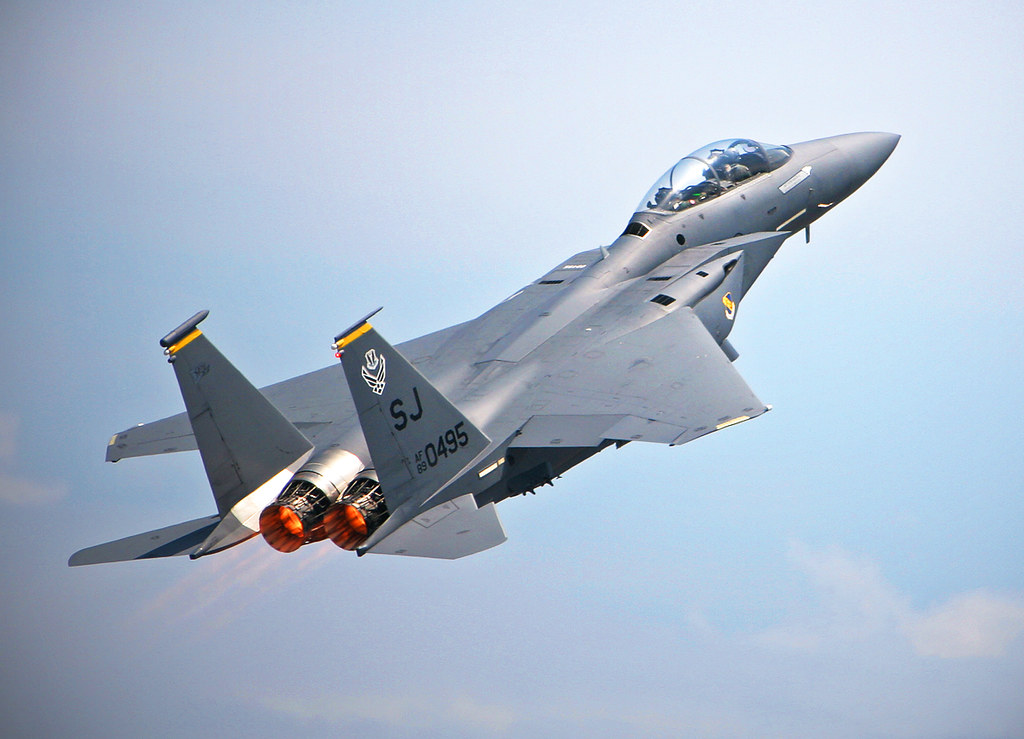
Its precision strike capabilities are a testament to decades of technological advancement, serving as a crucial asset in the modern battlefield.
